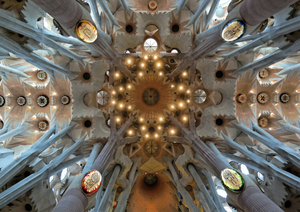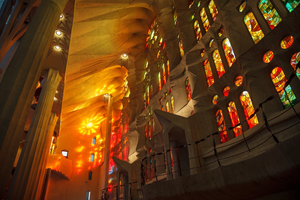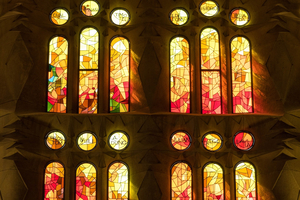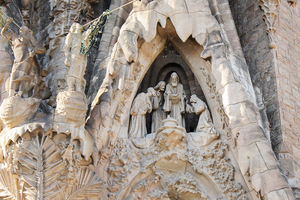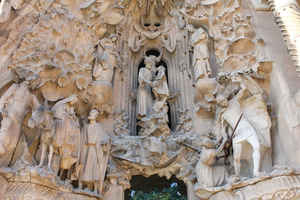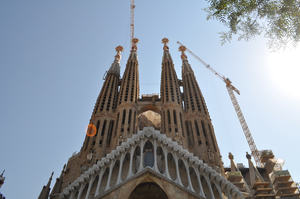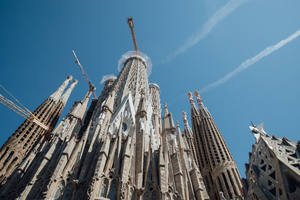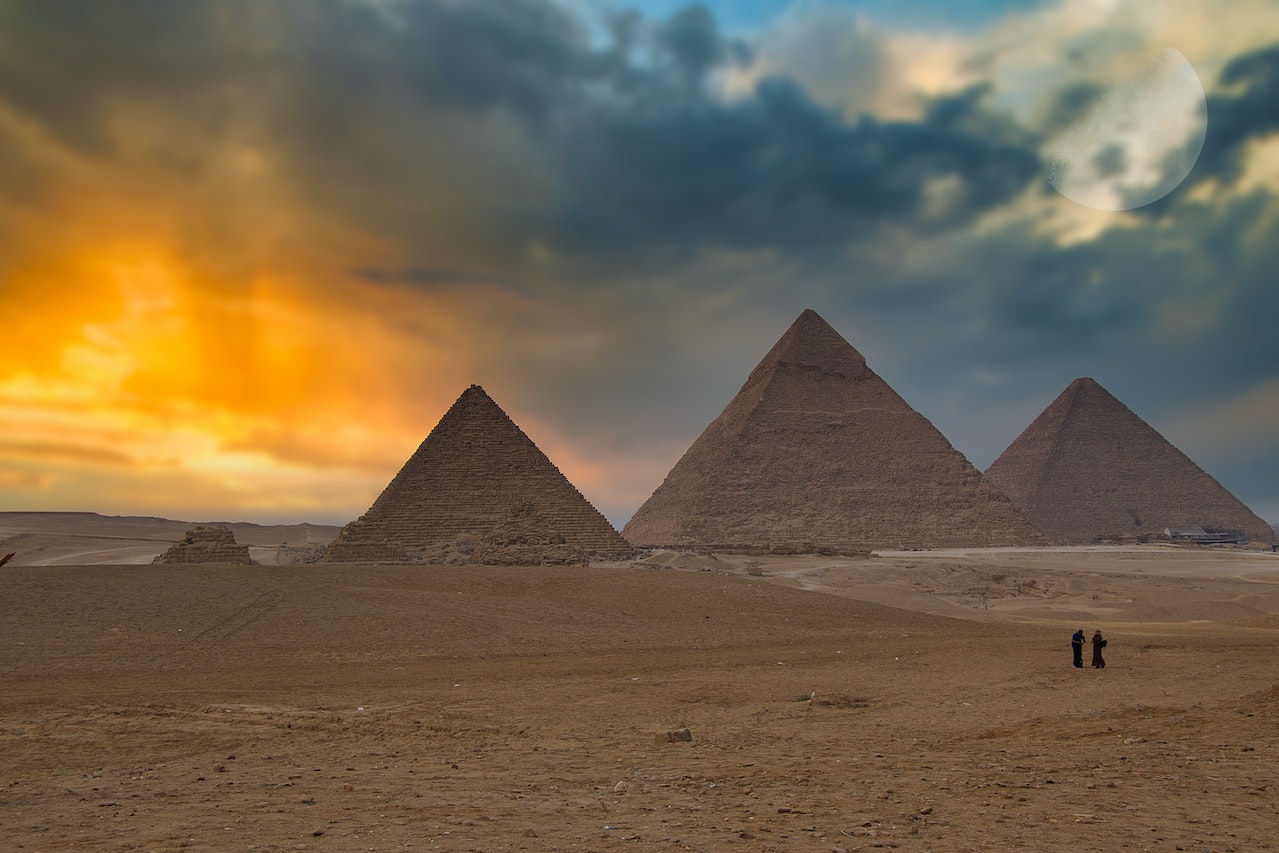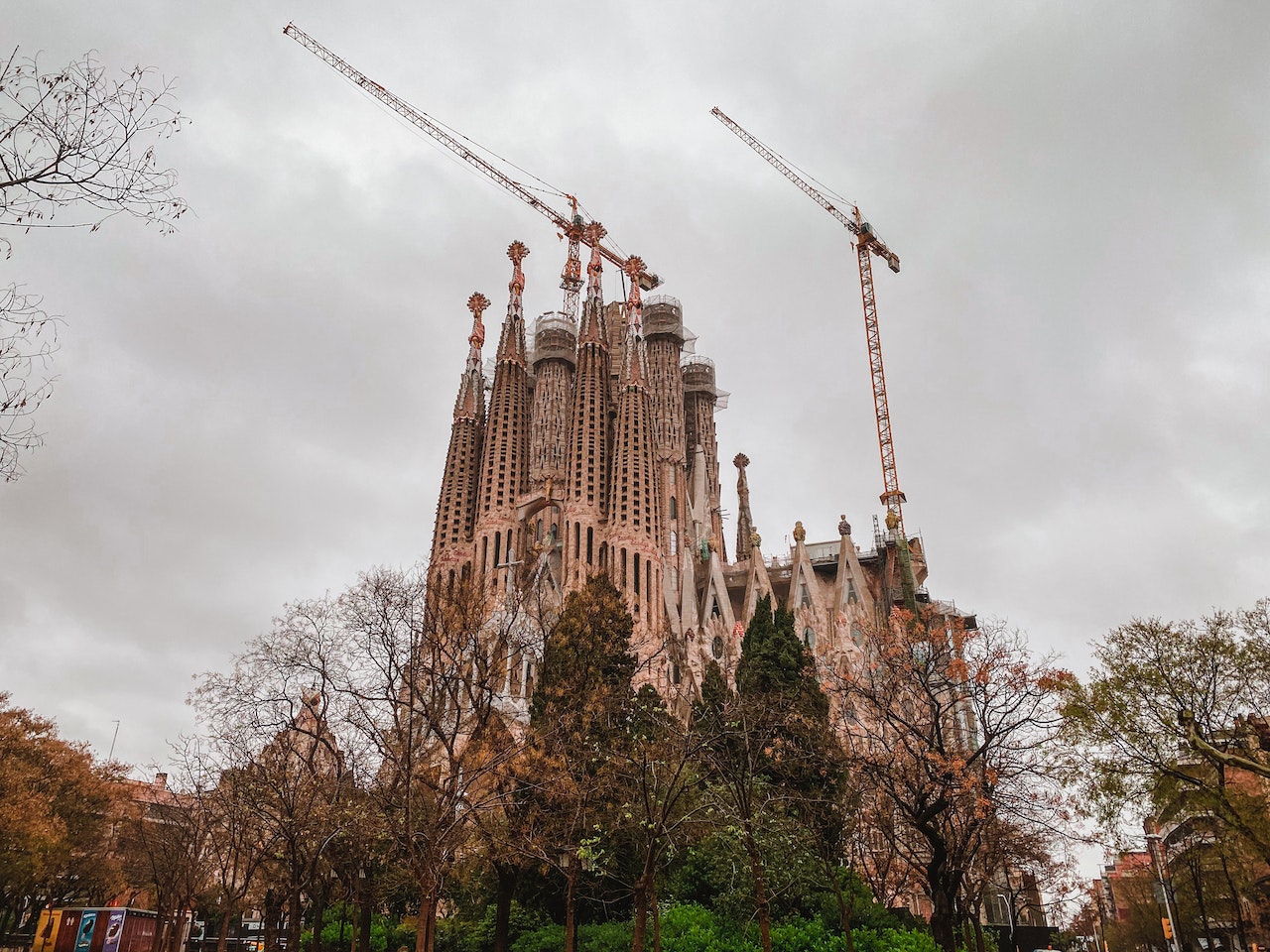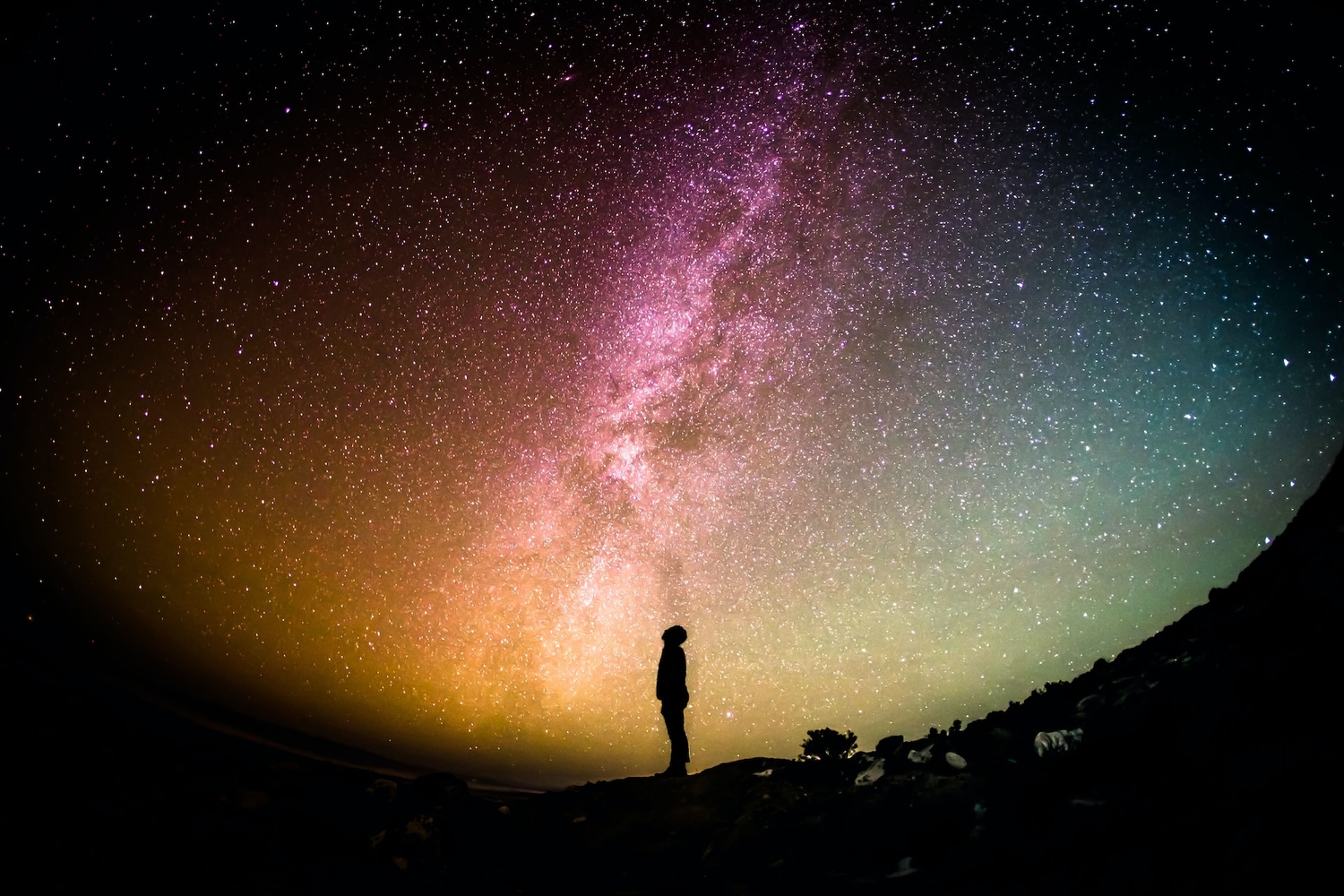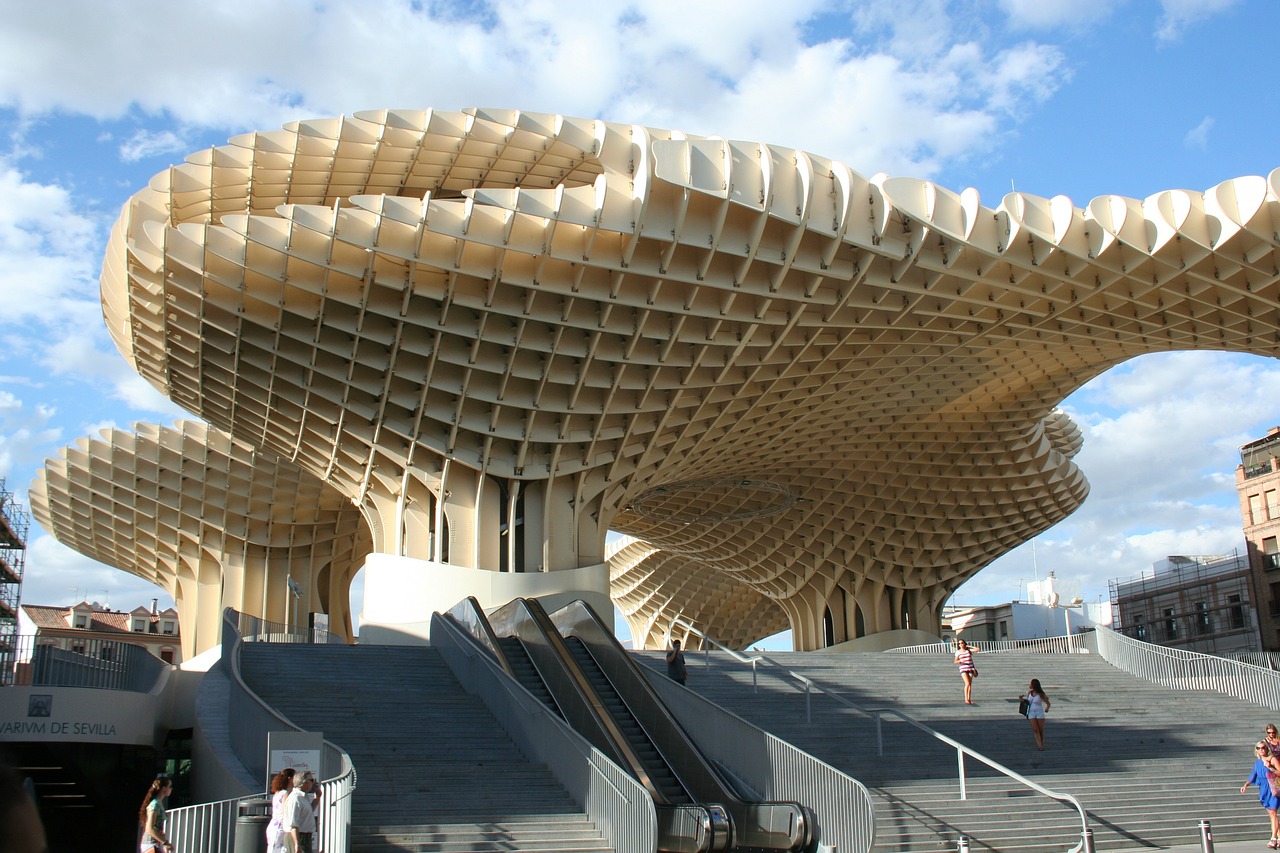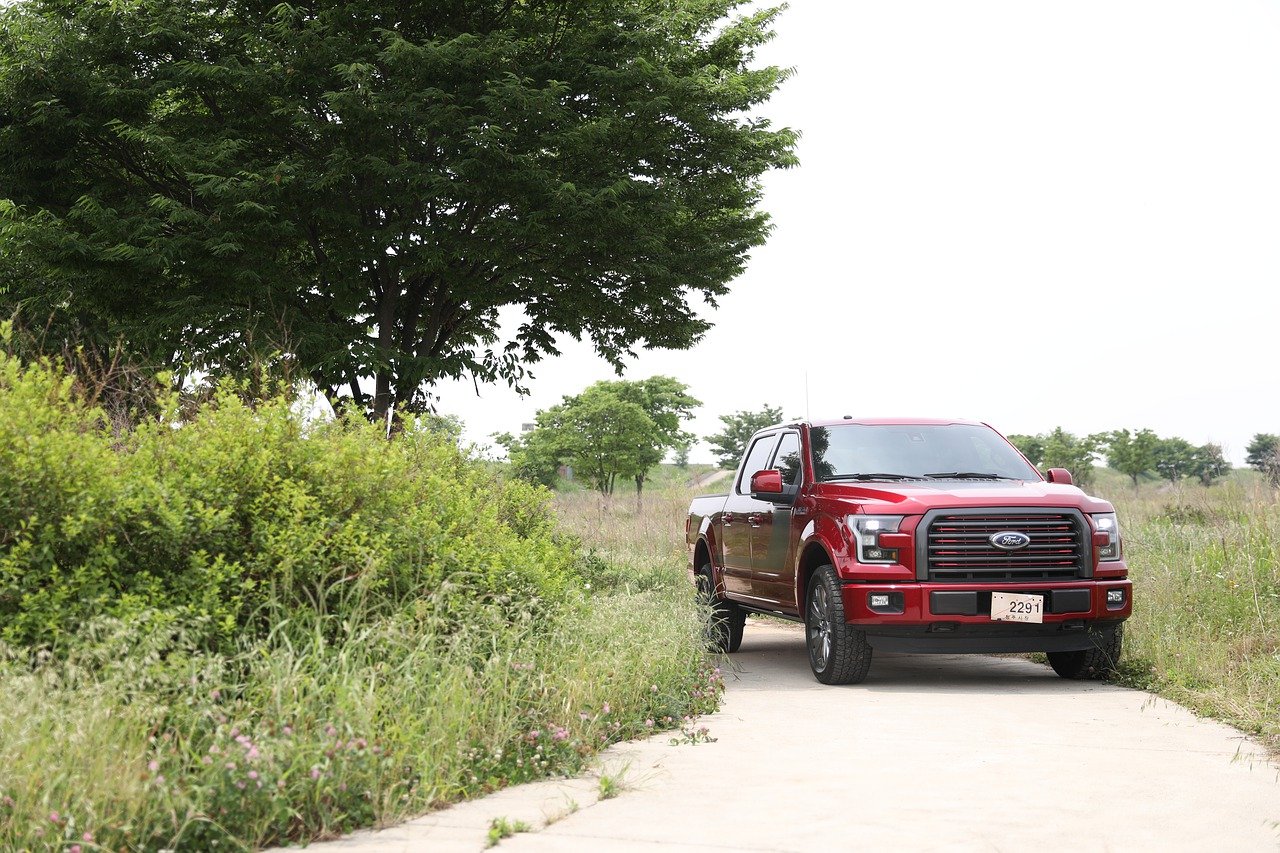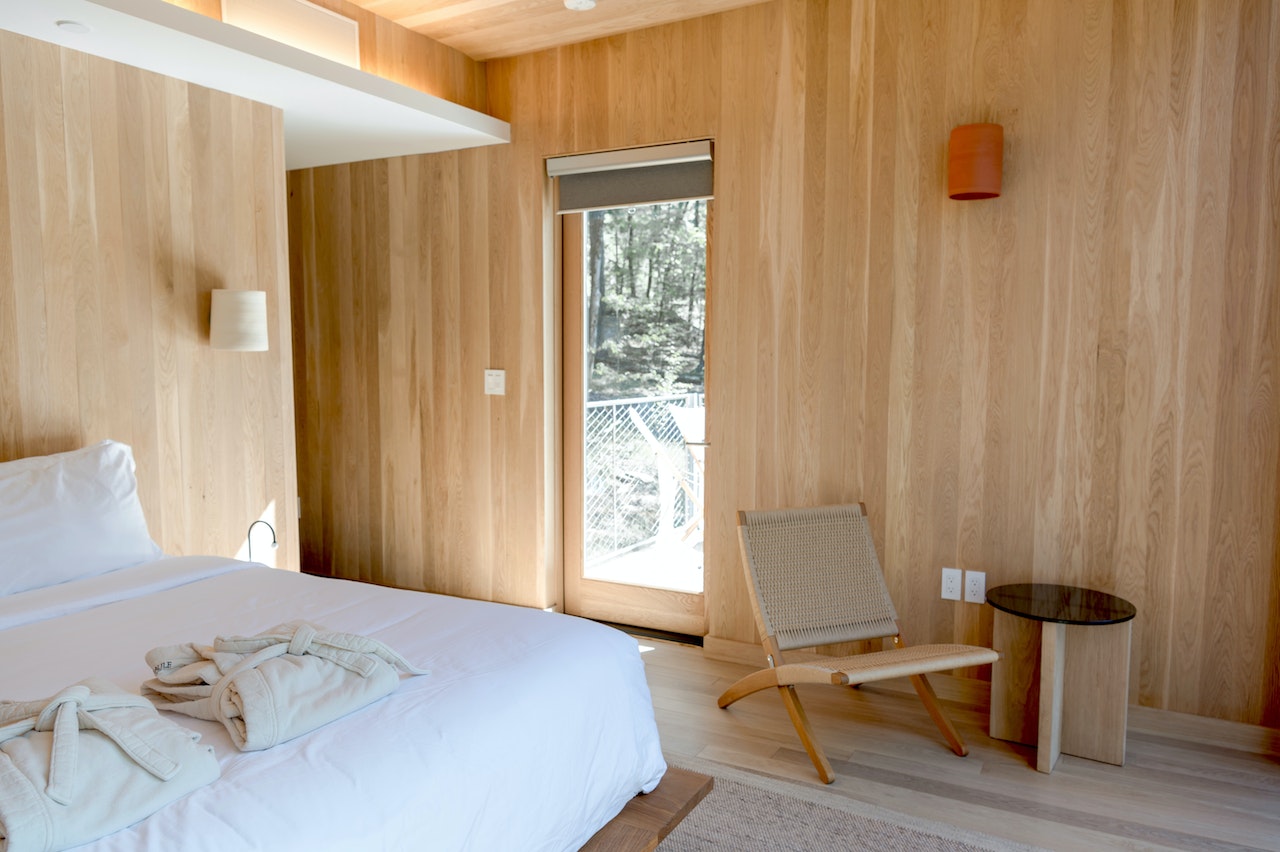The Sagrada Familia (or its full name, the Expiatory Temple of the Sagrada Familia) is one of the most iconic and beautiful architectural sites in the world. This unique temple is located in Barcelona, Spain, and is not only a religious site, but also a cultural symbol of this country. However, despite its beauty and significance, the Sagrada Familia remains unfinished for decades.
In 2010, the Sagrada Familia was included in the UNESCO World Heritage List. This allowed to increase the cultural significance of the temple and the support of the world community. This attention contributed to attracting financial resources to speed up the completion of construction.
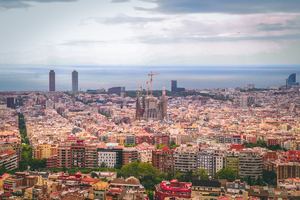
Sagrada Familia from Carmel Bunkers
History of construction
The history of the construction of the Sagrada Familia goes back more than a hundred years. It all started in 1882, when the architect Antonio Gaudi took over the project to build this temple in Barcelona. Gaudi turned the Sagrada Familia into his life's project and worked on it until his death in 1926. Its unique style and inspiration from nature made the temple indescribably beautiful and recognizable.
The construction of the Sagrada Familia was a long and complex process, beset by several incidents and difficulties over many decades.
Events and incidents that contributed to construction delays
Fire 1936
The Spanish Civil War, which began in 1936, had a major impact on the construction of the Sagrada Familia. In August 1936, at the beginning of the war, the cathedral was set on fire and many of its interiors and documents were destroyed. As a result of this incident, the construction of the cathedral was postponed until all documents were restored.
Problems with financing
The construction of the Sagrada Familia has always faced financial difficulties. The main sources of funding included donations and funds collected from tourist visits. At different periods in the temple's history, financial difficulties led to work stoppages or significant delays.
The Second World War
During World War II, many documents and drawings related to the Sagrada Familia were lost. This again complicated the process of construction and recovery of lost data.
Death of Gaudi
Antoni Gaudí, the chief architect of the Sagrada Familia, was hit by a tram in 1926 and died a few days later from his injuries. His death meant the loss of the main genius and inspirer of the project. After his departure, the project was transferred to other architects who tried to preserve Gaudí's original concept.
COVID-19 pandemic
In March 2020, construction of the Sagrada Familia was suspended due to the outbreak of the coronavirus pandemic (SARS-COV-2).
It was possible to resume work only in May 2021.
When will the Sagrada Familia be completed?
Construction of the Sagrada Familia began in 1882 and is still ongoing. As of 2023, the cathedral has been under construction for more than 140 years. The cathedral is expected to be completed only in 2030. However, this deadline may be postponed due to the complexity and scale of the project.
Despite all the difficulties, incidents and delays, the Sagrada Familia remains a majestic symbol of architectural skill and perseverance. Its construction history, although complex, adds to its uniqueness and importance as a cultural and religious monument.
Why is the Sagrada Familia still not completed?
The main reason why the Sagrada Familia has not yet been completed is the vastness and complexity of the project. The temple is designed on a grand scale, with many towers and details, and its construction requires enormous resources, both financial and human. Funds for construction were raised through donations and tourist visits, and this often caused delays in financing.
Additionally, the complexity of Gaudí's architectural design creates problems in executing his original plans. Many details of the temple are very detailed and require high skill and time to implement. The builders of the Sagrada Familia took great pains to remain faithful to Gaudí's original concept and to use his drawings and notes.
Myths and interesting facts about the Sagrada Familia
The Sagrada Familia is an object of interest for many people, and there are many myths and interesting facts surrounding it. Here are some of them:
The myth of Gaudi's financial support
It is believed that Gaudí worked on the Sagrada Familia with little or no pay during the last years of his life. He even lived in a workers' workshop on the construction site and provided food for the workers. However, this is not true. Gaudi received a salary for his work and even had a small financial participation in the project.
Hidden messages in architecture
The Sagrada Familia is famous for its many details, sculptures and reliefs. Some researchers claim that hidden messages and symbols related to Christianity and the history of Spain can be found in the architecture of the temple.
Unique architectural concept
Gaudi developed a unique architectural concept for the Sagrada Familia, inspired by natural forms and geometry. The interior of the temple resembles a forest, with columns like trees, branches and foliage. This creates a unique atmosphere of meditation and inspiration.
The future of completion
There is a myth that the Sagrada Familia will be completed when Judgment Day arrives. This is, of course, a far-fetched idea, but it highlights the scale and duration of the project.
Construction with bricks
Despite its stone appearance, the Sagrada Familia is actually built from bricks. This material was chosen due to its strength and ability to create complex shapes. Each brick was carefully cut and processed before use.
Tourist popularity
The Sagrada Familia is one of the most visited places in Spain and throughout Europe. Every year, more than 4.5 million tourists come to see this magnificent temple and admire its architecture.
Multifunctionality
In addition to its religious role, the Sagrada Familia also serves as a venue for musical concerts and cultural events. Its acoustic properties make it an excellent venue for musical performances.
Style and beauty of the Sagrada Familia
The Sagrada Familia is an architectural marvel created in a unique architectural style called "modernism" or "architectural modernism". This style flourished in the late 19th and early 20th centuries and was especially popular in Europe. It differs from classical architectural styles and includes many organic, curved shapes and decorative elements.
The Sagrada Familia has become one of the most striking and outstanding works of modernism, and this is one of the main reasons for its unique beauty. Here are a few key aspects of the style that make this cathedral so impressive:
Organic forms
Antoni Gaudí, creator of the Sagrada Familia, was known for his desire to create organic forms that resemble natural structures. This is manifested in the bends, roundings and curvilinear lines that characterize the facades and internal elements of the cathedral. Every detail, be it a pillar, a beam or a stained glass window, seems to organically dissolve into the overall composition.
Using Light
Light plays an important role in the design of the Sagrada Familia. Majestic stained glass and windows allow natural light to penetrate inside the church, creating incredible light plays and color effects inside the temple. This gives the place a special mystical atmosphere.
Decorative elements
The Sagrada Familia is studded with decorative elements, including sculptures, wood and stone carvings, mosaics and ceramics. Many details represent biblical scenes and symbols of Christianity. This decoration gives the temple richness and depth.
Majestic towers
The Sagrada Familia is famous for its towers that tower over Barcelona. They are decorated with crosses and decorative elements, creating an indescribable feeling of sublimity and sacredness.
Symbolism
Each part of the Sagrada Familia carries deep symbolism that reflects the Christian faith and biblical stories. This makes the temple not only an architectural work of art, but also a spiritual center.
The beauty of the Sagrada Familia lies in its uniqueness, its harmony with nature and the environment, and the way it inspires and amazes people with its organic forms, magnificent decoration and use of light. This temple epitomizes the grandeur of architectural modernism and remains one of mankind's most outstanding architectural achievements.
How to get to the Sagrada Familia?
The Sagrada Familia Cathedral is located in Barcelona, Spain at Calle de Mallorca, 401.
It is open to the public from Monday to Saturday from 09:00 to 20:00. On Sunday the temple opens at 10:30 and closes at 20:00. Opening hours may vary, so check the opening hours on the official website before visiting.
Who owns the Sagrada Familia?
The Sagrada Familia Cathedral belongs to the Diocese of the Archdiocese of Barcelona.
How much does a ticket to the Sagrada Familia cost?
Individual visit (up to 9 people)
Entrance ticket to the Sagrada Familia – 26 EUR
Entrance ticket to the Sagrada Familia and climbing the towers – 36 EUR
Entrance ticket to the Sagrada Familia and excursion – 30 EURO
Entrance ticket to the Sagrada Familia, excursion and climb to the towers – 40 EUROS
Group visit (more than 10 people)
Entrance ticket to the Sagrada Familia and excursion – 30 EURO
How to get to the Sagrada Familia for free?
Every September, the administration of the Sagrada Familia holds a lottery, the winners of which receive the right to visit the cathedral absolutely free for three days during the celebration of the main holiday of Barcelona, La Merce, from 16:00 to 20:00.
In 2023, 117,549 people took part in the lottery, 15,000 of whom received free admission to the Sagrada Familia.
How to dress in the Sagrada Familia?
The Sagrada Familia is an active temple. Therefore, out of respect for believers, we recommend visiting the temple in pants or skirts that fall below mid-thigh, as well as in shirts that cover the shoulders.
What is the height of the Sagrada Familia?
As of September 2023, the Sagrada Familia Cathedral is not completely completed and its height is 138 meters. Once the main tower of the cathedral is completed, its height will be 170 meters, which is only 1 meter lower than the highest point in Barcelona (Montjuic Mountain).
Of course, the Sagrada Familia is a magnificent work of art and architecture that inspires and amazes millions of people from all over the world. The rich construction history and unfinished state make it even more unique and mysterious. Despite all the difficulties, the Sagrada Familia remains a symbol of the extraordinary creativity and perseverance of the human spirit.
